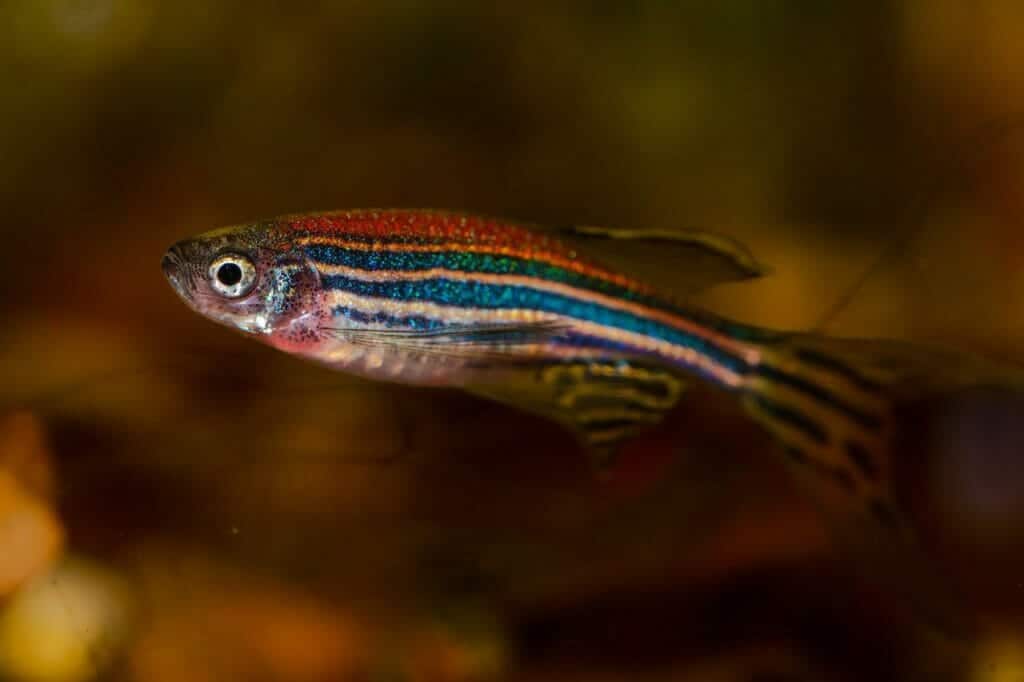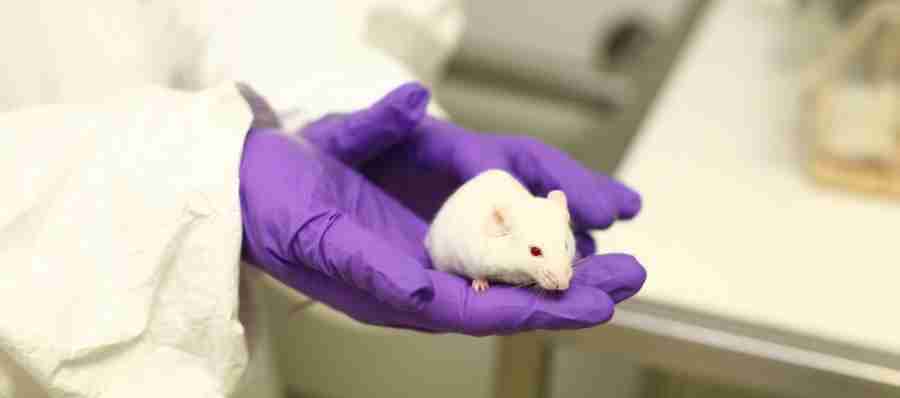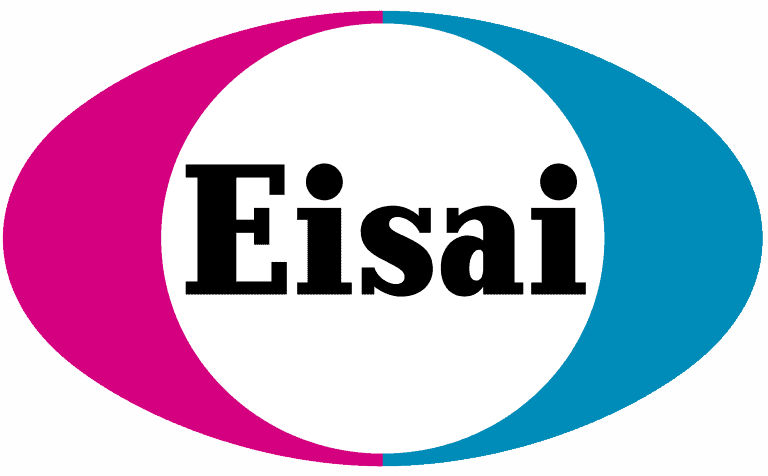Zebrafish studies identify serotonin receptors mediating antiepileptic activity in Dravet syndrome
In 2013, the Baraban Lab published their work on creating and characterizing an scn1lab mutant model of zebrafish that results in many symptoms of the human disease Dravet syndrome. In that initial report, they described how they used the model to screen thousands of compounds for both anti-seizure effects and non-toxicity, identifying several targets for […]


![[18F]fluorodeoxyglucose-positron emission tomography study of genetically confirmed patients with Dravet syndrome. 2 Woman researcher using microscope in lab](https://dravetfoundation.org/wp-content/uploads/2022/04/research-v2-min.jpg)




